
Why You Must Relish Every Opportunity to Speak
Feb 7, 2023 | Public Speaking
You must dedicate yourself to the task if you want to create, organize, and give a fantastic presentation. Your bad attitude will be evident in the finished product if you approach it halfheartedly or, worse yet, with fear.

We’ll look at developing a positive perspective regarding speaking in this article.
Change your vocabulary and attitude
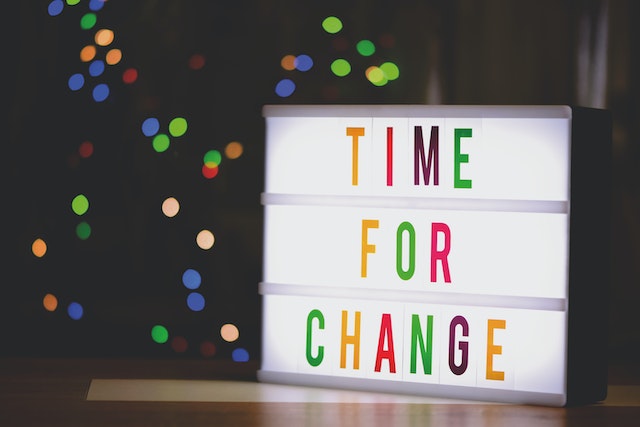
I visited one of my favorite blogs by Michael Hyatt as I was attempting to decide between various reader questions for this article. How a Change in Vocabulary Can Instantly Change Your Attitude is his article. It dawned on me when I hung up. I’m not required to speak. I get to talk. My mindset was immediately altered by that. […]
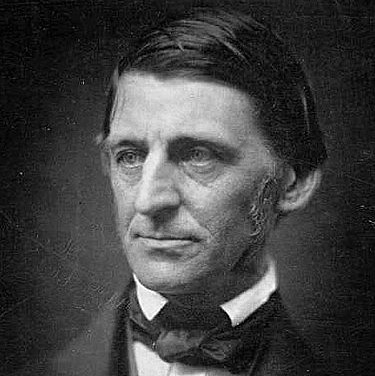
The first sentence (I have to do it) is written in the language of obligation. Nothing incorrect about that. I support taking responsibility. But far too frequently, we groan when we say it, as if it were a sentence or we were the sufferer. The second phrase, “I get to do it,” is a privileged term. It feels as though we have been given a gift, and we are grateful for the chance.
We must keep in mind that every opportunity to speak is a pleasure to be savored, even though it may also be a duty. It’s a chance for us to present our ideas. It’s a chance to start a conversation about problems. It’s a chance to inspire others to take action.
Pro Tip
An optimistic outlook will bring you a wealth of benefits. You’ll feel more energized and eager to talk when it’s your turn to speak, which will make the effort required to plan and prepare your presentation appear less onerous. You become more audience-focused when you frame the chance as a privilege, which is always a good thing.
Additional Word Changes for Speakers
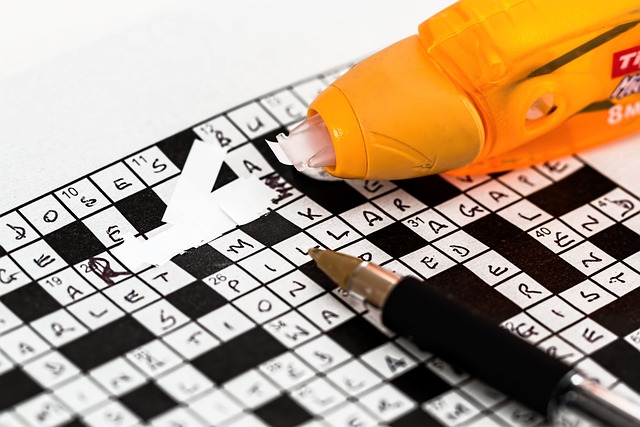
The big picture is taken care of by framing a speaking opportunity as a luxury, but you may use the same vocabulary change for other aspects of speaking. Every chance to speak is a luxury that should be cherished.
For instance:
- Instead of: It takes too long to edit my speech.
- Consider this: My message becomes clearer with each revision.
- Instead of: I'm required to deliver a report on my team's development every two weeks.
- Do this: The accomplishment of my project is important to management.
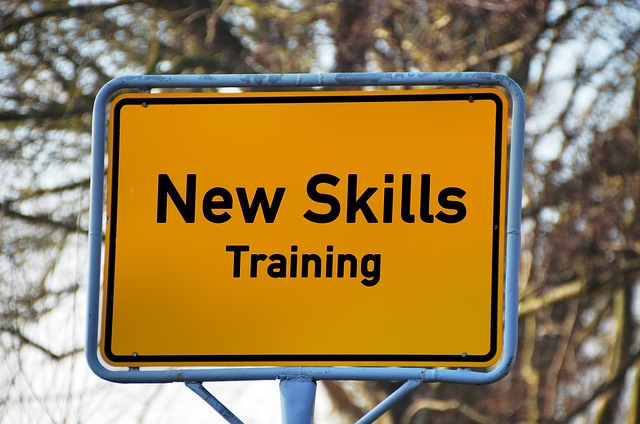
- Slides with text are simpler to prepare in place of.
- Do this: For my audience, visual slides are preferable.
- Instead of: Everyone here is evaluating me.
- Try this: Everyone here wants something from me.
- Instead of: I'm so anxious I could run away.
- Try this: My nerves are a sign of my desire to succeed.
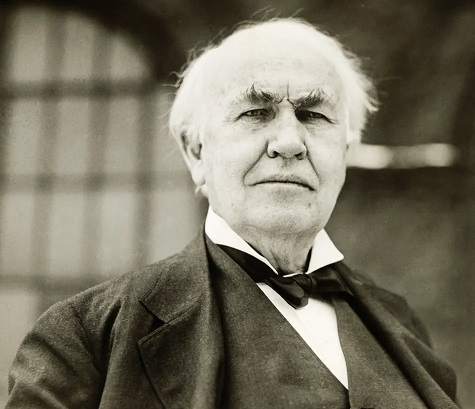
- Rather than: I don't think many in the audience will be convinced.
- Consider this: I've succeeded if I can persuade even a small number of individuals.
- Instead of: I have to make my presentation during the scheduled thirty minutes.
- Do this: I'm fortunate that a large portion of the agenda can be used for my message.
Action Item
- Rather than saying: "I fear being asked a question I can't answer,"
- Do this: My Q&A session is the start of a sustained conversation and demonstrates that people are interested.
- I want to get paid to speak instead.
- Consider this: I'll secure a compensated speaking engagement.

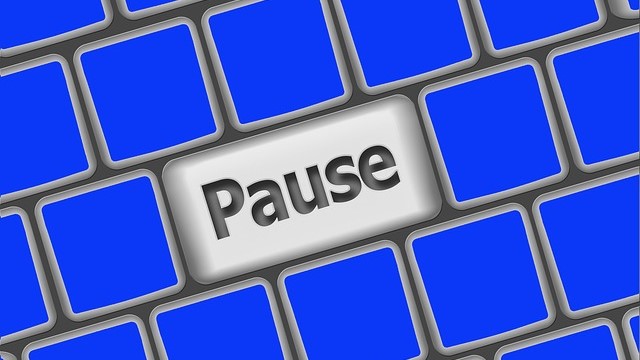
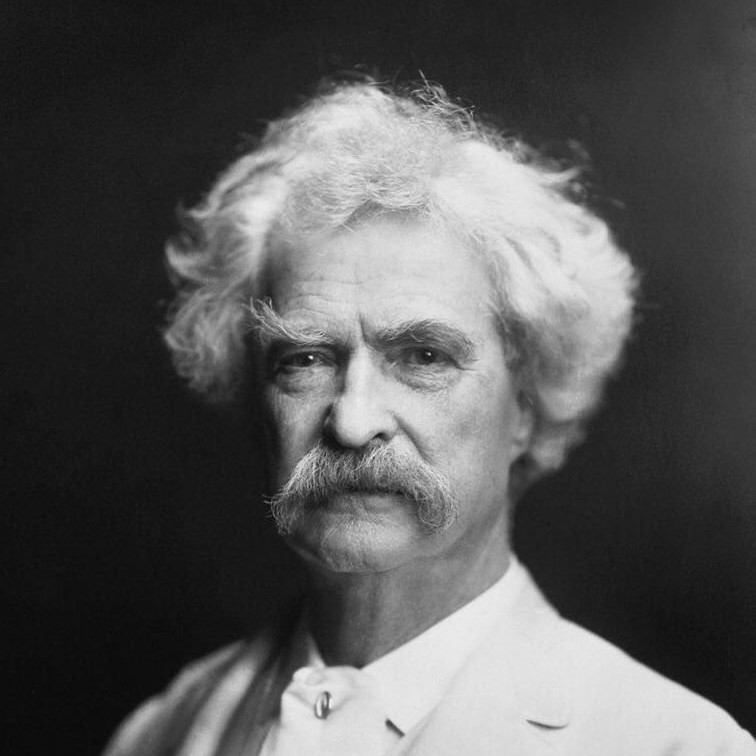
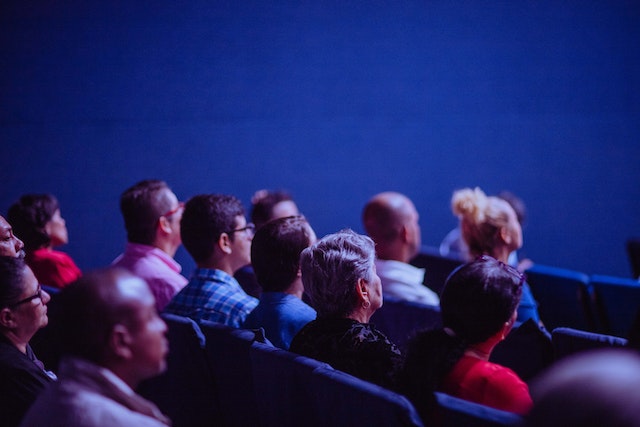

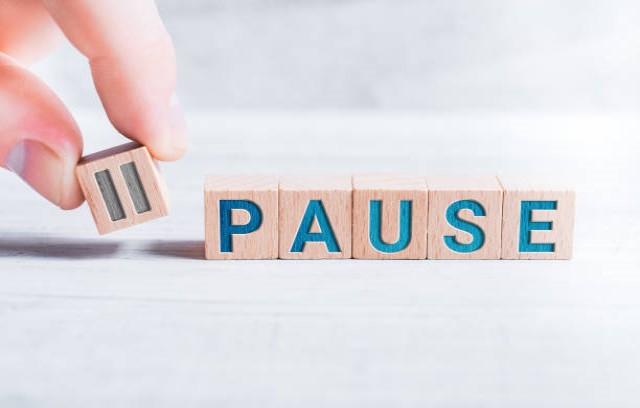


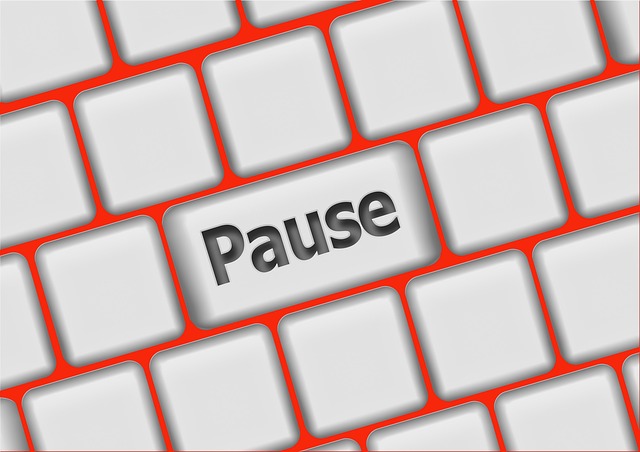
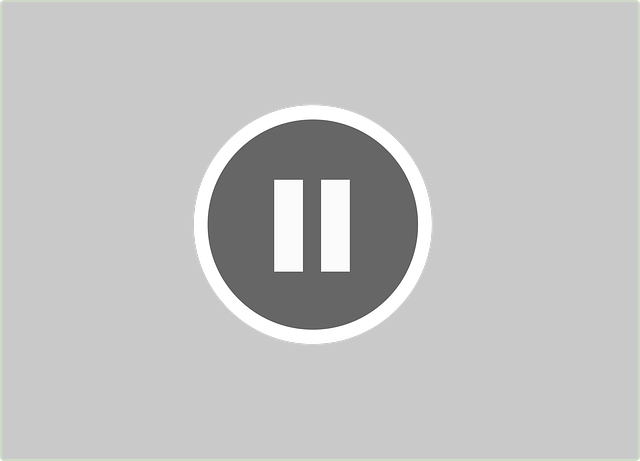
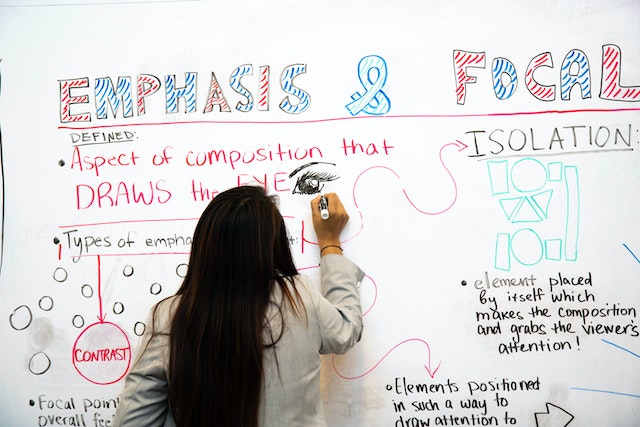
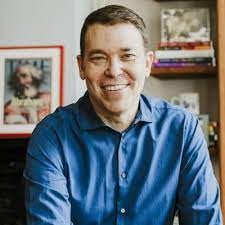
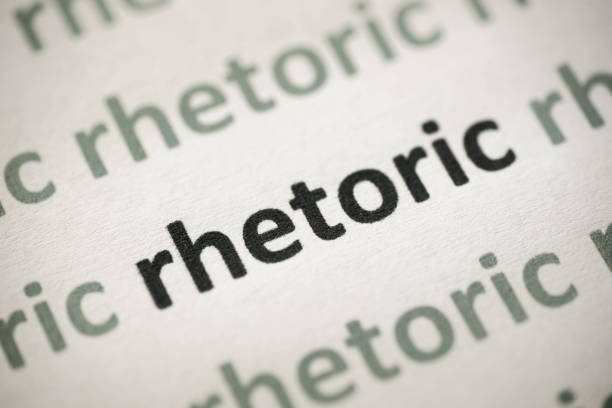
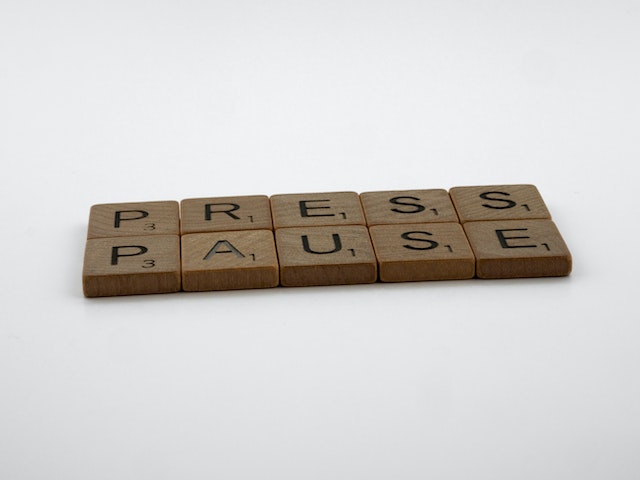


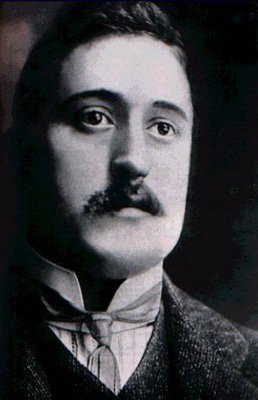



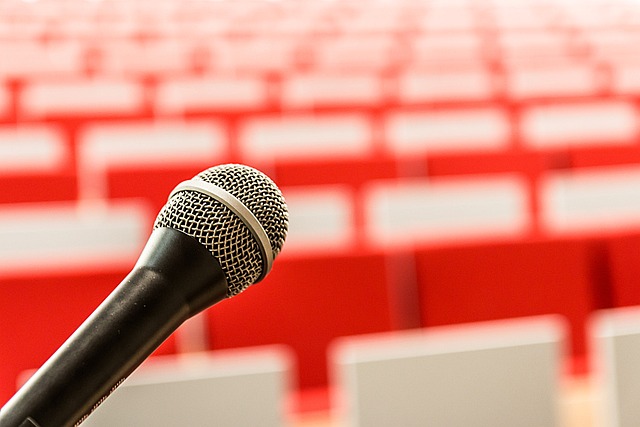
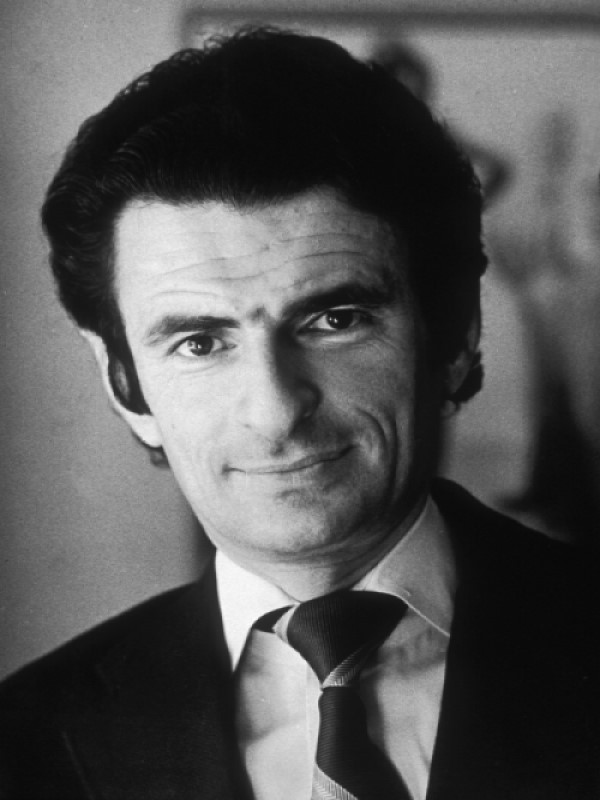
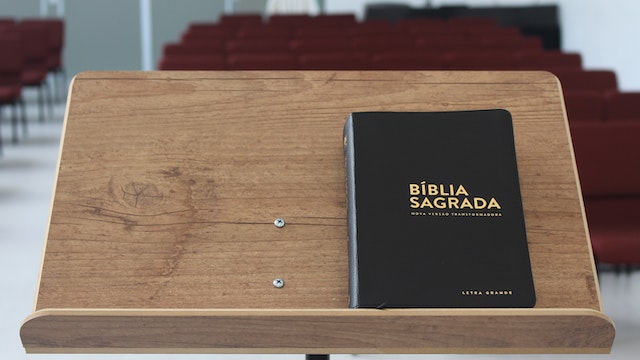

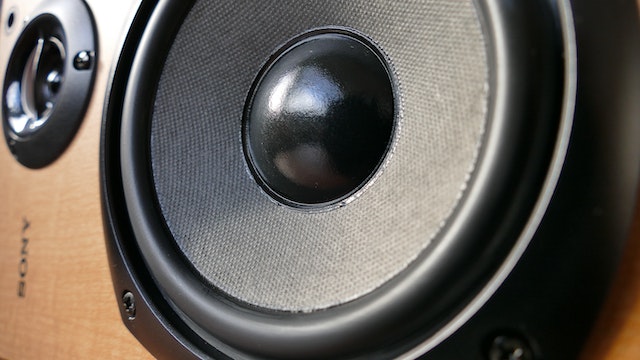



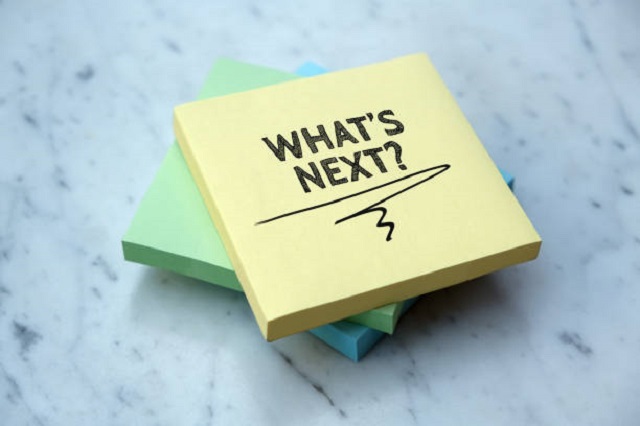
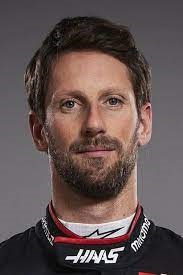



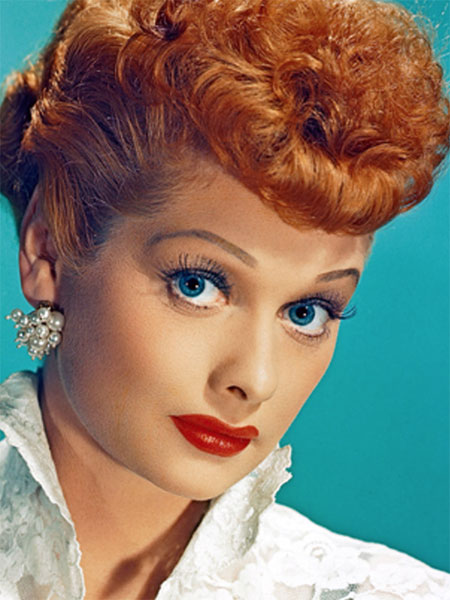


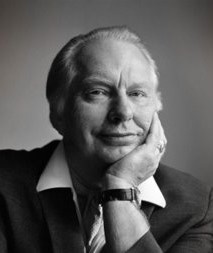

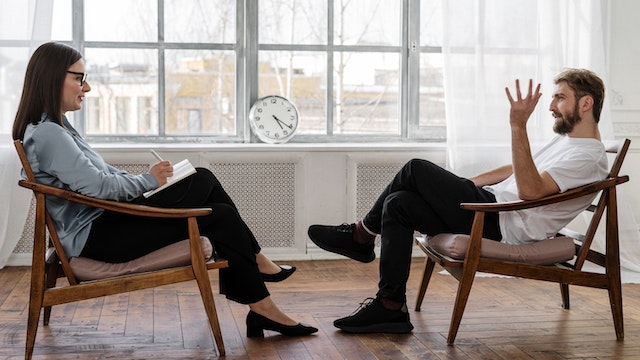
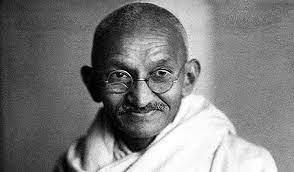

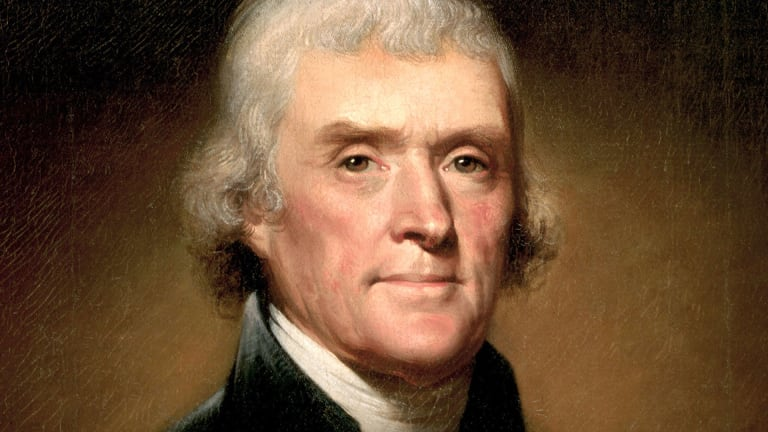

Recent Comments